October 2ND Double R Fishing Report "WILLOW PROJECT UPDATE"
Thursday October 2, 2014:
The weather was just too nice to spur the fall insects to hatch in force. It was warm and sunny the first half of the day and just a few Blue Winged Olives were hatching in the morning with a few fish rising to them. Mid-afternoon brought out a similarly sparse hatch and a buddy and I fished during the rather strong afternoon breeze. We had just a few rises on a BWO dry then I scored a 14 inch Rainbow swinging a #14 Pheasant Tail soft hackle tight against the bank. It took a hot shower, several Bourbons and a hot meal for me to warm up.
WILLOW PROJECT UPDATE:
Progress continues to be made on my “Silver Creek Willow Project.” Members and others have now contributed a total of $4,000, which will enable the Club to purchase the equivalent of 265 five gallon buckets of rooted willows.
I recently was accompanied in a site inspection by Jeff Klausmann of Intermountain Aquatics, based out of Driggs, Idaho, which will be the vendor of the plants and trees we will install on the banks of Silver Creek on the Double R Ranch next April. The mission that day was to determine where particular species of shrubs would be planted. I learned that willows and other native plants used for re-vegetation need to be planted in specific locations along the slope down to the creek bank, in order to achieve the proper amount of moisture. Jeff advised that, in essence, willows could be planted where the streamside Canary Grass is located and that areas containing Sedge would have to receive River Birch. The Canary Grass can potentially out compete newly planted willows so later this month Intermountain Aquatics will return to spray round circles in the Canary Grass with environmentally safe herbicide. I will personally cover the cost of the herbicide spraying and related flagging; 100 percent of the contributions to the Willow Project will go towards willows, river birch and 8 shade trees to be planted, 2 each, at the take outs at Beats 1, 3, 4 and 5. Your Stream Keeper will arrive in Picabo at the beginning of April so that he is able to supervise the delivery and planting of the willows, river birch and trees.
Doug Andres
Stream Keeper
